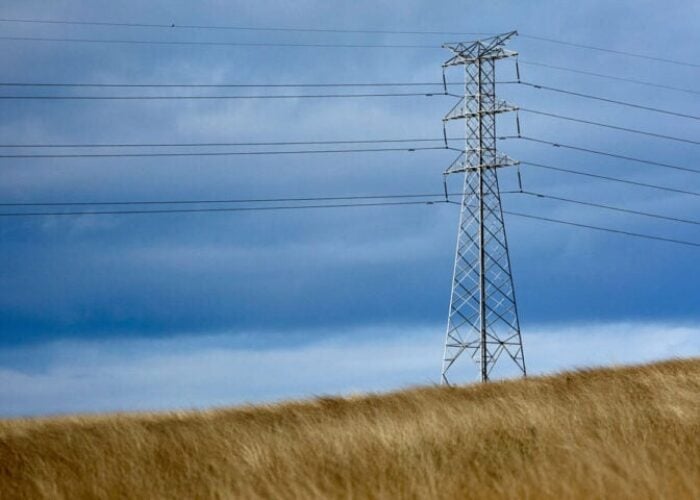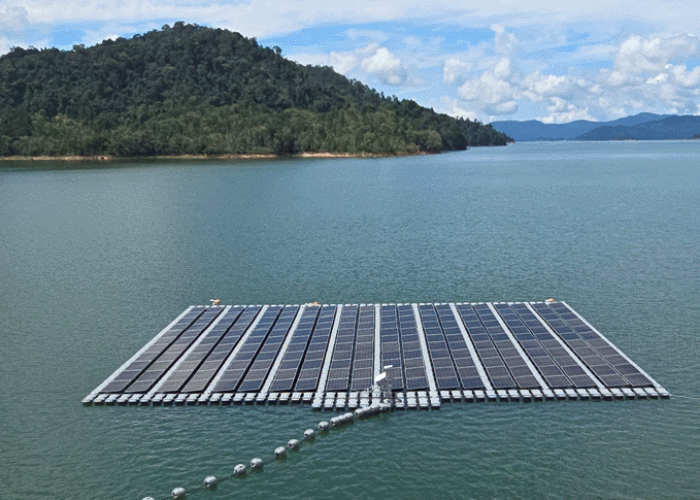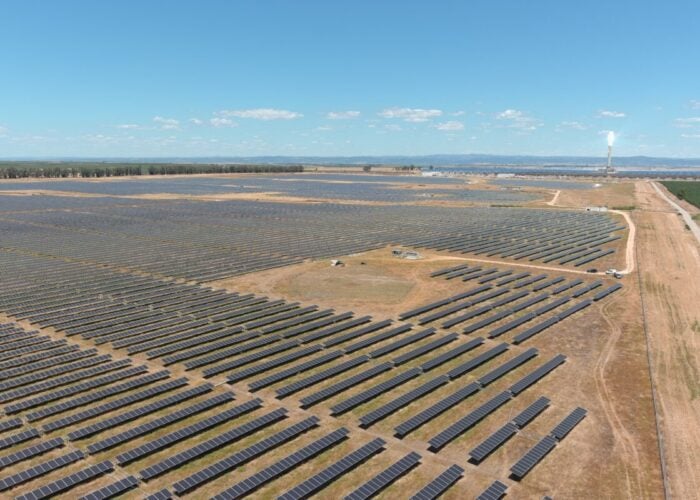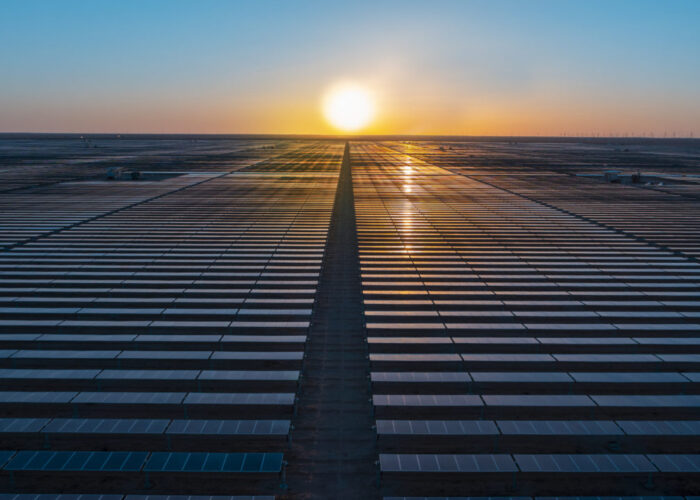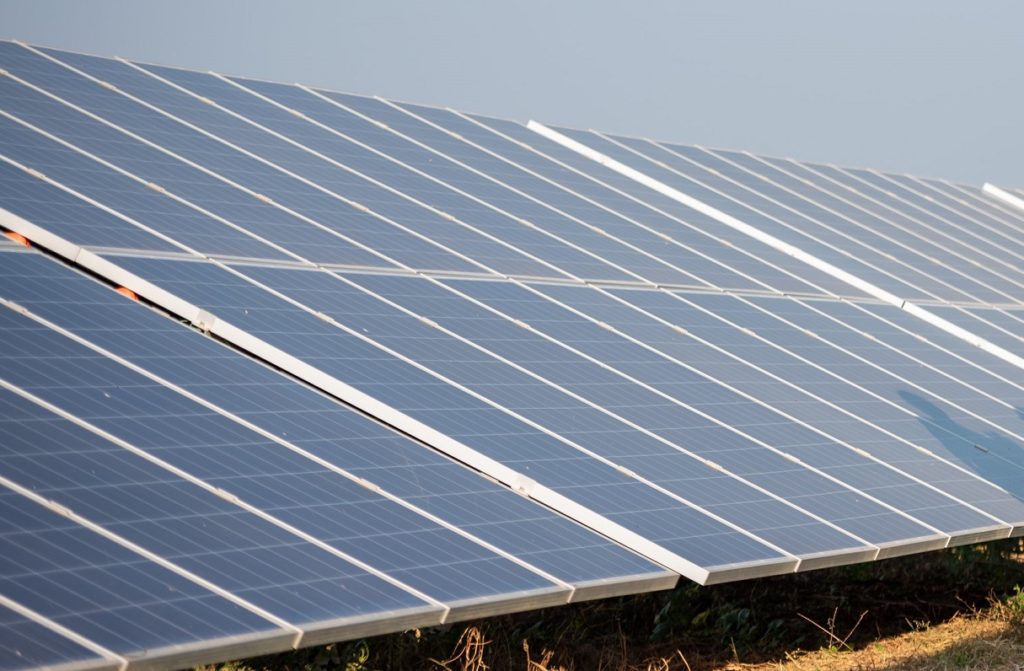
Module price increases, higher raw material costs and logistical challenges will pull down the return on equity (ROE) for 25GW of India solar projects, with 5GW of those at high risk given when they submitted their bids.
Sustained rises in module prices, commodity price inflation and soaring freight rates have caused massive upward pressure on Indian modules, with prices up 38% on mid-2020 levels.
Unlock unlimited access for 12 whole months of distinctive global analysis
Photovoltaics International is now included.
- Regular insight and analysis of the industry’s biggest developments
- In-depth interviews with the industry’s leading figures
- Unlimited digital access to the PV Tech Power journal catalogue
- Unlimited digital access to the Photovoltaics International journal catalogue
- Access to more than 1,000 technical papers
- Discounts on Solar Media’s portfolio of events, in-person and virtual
Out of the 25GW at risk of lower returns, 5GW are particularly vulnerable as they submitted relatively low bids of around INR2.35/kWh between October 2020 and December 2021 when “module prices were softening and commodity price benign”, said analysts Crisil, a S&P Global company.
Crisil said these 5GW of projects may see their ROE fall by as much as 140-180 basis points to around 7%, while the remaining 20GW of projects would only observe a fall of 60-80 basis points.
In addition, the bulk of these 20GW are in advanced stages of development and have bought up the necessary module supply at below current prices, said Manish Gupta, senior director of Crisil Ratings.
The Rating agency said the landed cost of modules had risen by approximately 40% since January 2021, driven by higher polysilicon, commodity and freight prices, which has been a major issue for western countries too.
For example, in India, mono-crystalline modules cost roughly US$0.21/kWh in January and February 2021 and were expected to remain stable or even decline thereafter. However, by April this year, spot prices had risen to US$0.28/kWh and Crisil said prices could remain at this level for the foreseeable future due to strong global demand and supply constraints.
Compounding this situation further is India’s upcoming Basic Custom Duty (BCD) on solar cells and modules from China which is expected to further increase module prices and risks putting 10GW of PV projects on hold given the mismatch between India’s internal supply and demand.
Despite this, Crisil pointed to three factors that would help pull up the ROE on Indian PV projects – new module technology such as bifacial and mono-perc that could improve output efficiency, an emerging market for carbon credits as corporates pursue their ESG goals and falling interest rates for solar developers.
“That said, the ROE estimates remain sensitive to further rises in module and commodity prices on account of geopolitical issues or supply chain disruptions,” Crisil said.

